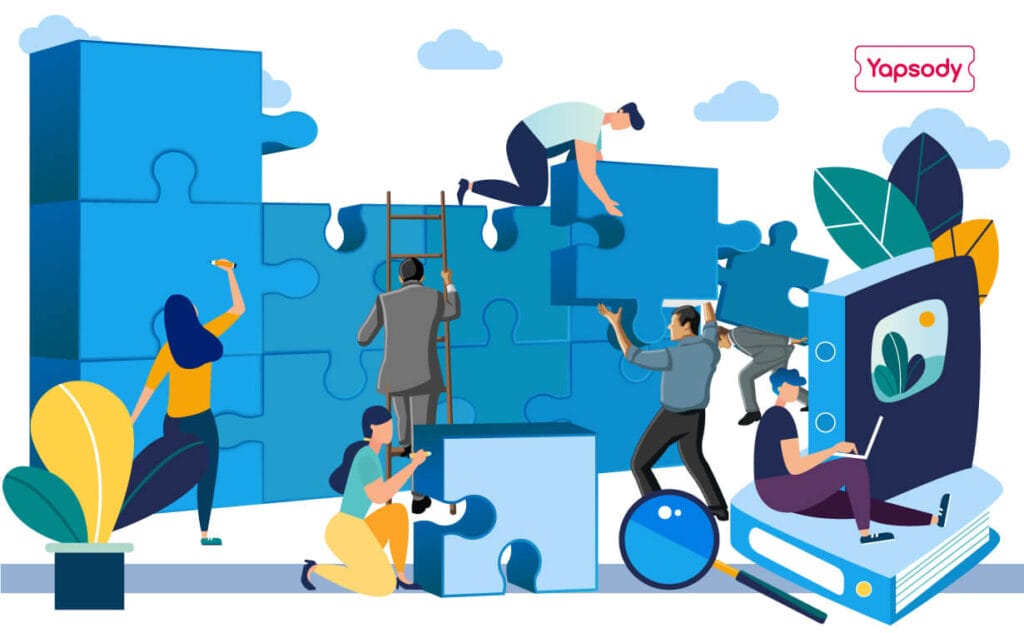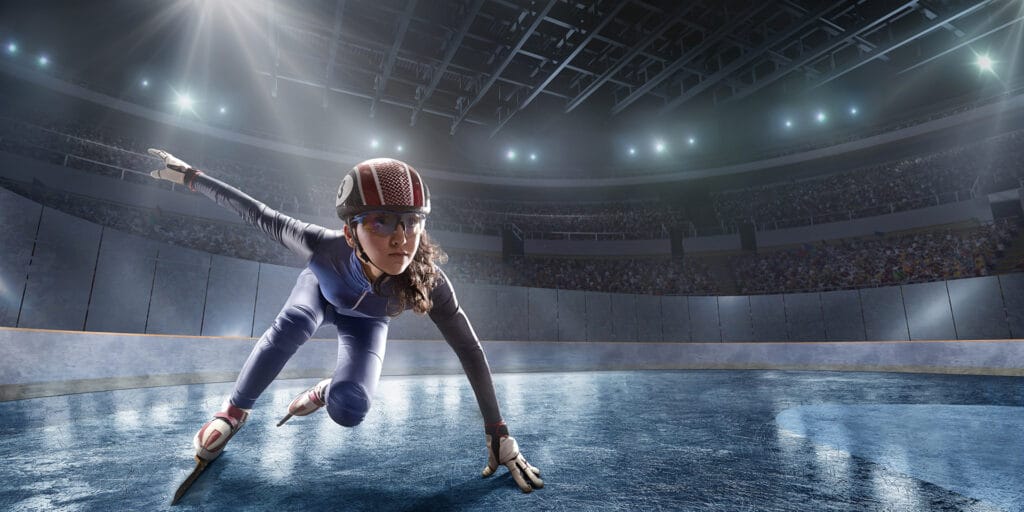In sports, especially at the elite level – there tends to be a more distinct or defined off-season. Most common is the off-season timeline for professional team sports.
Though there are always playoffs to contend with, the NHL generally runs from October to early April. The playoffs will run from April to early/mid-June.
For Major League Baseball, the season begins at the end of March and runs to the end of September/early October and playoffs run through the end of October.
The CFL sees the season start in June and runs through the start of November with the Grey Cup typically at the end of November.
Soccer is a little greyer and has a fairly short off-season at the professional level, but they typically have at least one month for the off-season.

However, with youth sports – defined here as middle school to high school-aged – the season and training goals are different from the elite. With youth athletes, we are trying to create a wide base of skills, strengths, and experiences to develop well-rounded athletes.
This well-rounded approach does not always receive attention because of today’s tendency for athletes to be more specialized in their respective sports.
There are still many coaches that encourage athletes to play their sport all year round. This idea, which I’ve spoken to before, can stunt athletic development, create athlete burnout, and put the athlete at increased risk of injury if their sole focus and movement output is predominantly specialized. This is due, in large part, to the lack of movement variability.

How can athletes combat this? There are a couple of options available. The easiest is simply to play multiple sports throughout the year until it is absolutely required that they choose one sport. This should not happen until roughly their mid-teens, though.
The other option, which may be more viable and flexible for continued training in their main sport, is working with qualified strength and conditioning coaches that understand youth long-term development and the demands and qualities of in-season vs off-season training.
Often, training is portrayed as the athlete ending up in a pool of sweat on the floor after a training session, feeling sore, wrecked, and fatigued. This idea of what training should look like will be the topic of another post, but in the meantime, these are not the goals of training, in any case.
The late Charlie Francis once said, “any idiot with a stopwatch can make someone tired.”
The goal with training for athletics should be specific to the athlete’s needs and the qualities of the sport/position. It should be developing a broad base of general qualities in youth athletes to build more specific qualities later in their career.
There should be some form of progression through the year based on their season and their physical/mental requirements at practice, school, and home. Finally, the goal of training needs to be filling the gaps in the rest of their training. Let’s take a closer look at these 3 ideas.
IDEA #1 – CONTINUED BUILDING OF GENERAL ATHLETICISM
What is meant by ‘specific qualities’ required for the athlete’s chosen sport or position?
If we look at football, ice hockey, and soccer, we observe 3 fairly different sports.
- The average time for one play in American football is 6 seconds with 30 seconds between plays.
- The average shift in ice hockey is about 30-45 seconds with 1:30-3:00 minutes between shifts.
- The average distance travelled in a soccer game is 10-12 km at the elite level and about 5-6 km for the goalie.
The energy system demands for these sports are very different, ultimately shaping the body types required to play each sport.
Two of these sports are running-based and one is skating-based so there are different qualities required for those different movement patterns. Sprinting and running comes with a higher risk of hamstring injuries, but also requires high levels of elastic properties in the lower leg and very stiff ankles to be fast.
Skating comes with a high risk of adductor (groin) strains and does not require elastic properties in the lower leg or stiff ankles, but it does require very strong hip abductors and extenders (glutes) and powerful leg extensors (quads) to be fast. These are simply a few examples (not an exhaustive list) of knowing and understanding your sport.
By working with a qualified Strength & Conditioning Coach, you can be assured that they will be addressing these demands with a well-thought-out program. They will be addressing speed, strength, and power development which will help to increase sport-specific skill development indirectly.
We see in the literature that athletes who are stronger and faster are able to learn skills – batting, throwing, stick handling, catching, tactics, etc. – better than their slower and weaker counterparts.
So, we have put in all this work during your off-season to get stronger and faster, but now we have been told to take four months off to play our sport. In that time those gains achieved previously will decrease and then we are back where we started or, relatively close to.

IDEA #2 – FLUCTUATIONS IN TRAINING LOAD WITHOUT COMPLETE REMOVAL
Since we are dealing with young and developing athletes, there needs to be a progression in the short-term, but also over the long-term.
Youth and adolescent athletes aren’t simply small adults and should not be trained as such. We want them to develop specific skills and abilities, layered on top of each other – like building a house from the foundation up.
It’s really easy to do complex training with youth and see massive gains early on, but once these cards have been played, or better yet, once these matches have been lit, you can’t reuse them.
Why does this matter though if you get those massive gains early on?
By burning these matches early, it reduces the effectiveness of these complex methods later in the athletes’ life. It also means the simple methods that would have worked when the athlete was young, will not work now because they have required this higher level of training.
Simply put, their ceiling has been lowered because they didn’t take the time to properly develop their athletic foundation.
If approached correctly, strategic athletic development (speed, plyometrics, and strength-training) should occur in-season and out-of-season. Rather than taking time off to play one sport during the in-season, the athlete can continue to work on other skills that are not sport-specific, transferring efforts both directly and indirectly to their sport.
[bctt tweet=”If approached correctly, strategic athletic development (speed, plyometrics, and strength-training) should occur in-season and out-of-season” username=”spdmechanics”]
A purposeful approach to comprehensive training is going to help improve power, strength, speed, coordination, mobility and reduce the risk of injury because athletes will be more durable.
If the volume and intensity are modified and monitored to reflect the in-season schedule in older adolescent athletes, then they will continue to see improvements through the season.
If they are younger athletes, their physical outputs are not high enough to interfere with their sport-specific training – allowing them to also continue to see improvements throughout the season without much modification to training.

IDEA #3 – FILL THE GAPS
[bctt tweet=”In-season (and off-season) training should be designed to fill in the gaps that sport-specific training does not adequately address.” username=”spdmechanics”]
Finally, in-season (and off-season) training should be designed to fill in the gaps that sport-specific training does not adequately address. As we know, there are specific demands for each sport.
Through practices and games, specific qualities will be touched on more than others, but some unique qualities will ultimately be missed. Generally, games and practices will be heavy on skills and technical/tactical development with sport-specific conditioning.
What typically is missing is speed, strength, and power development. Ensuring that these aspects of training are incorporated into a comprehensive program plays well into training for team sports.
There is a lot of research supporting this approach – for all levels. In any case, athletes can and should be training in-season to continue to maximize their off-season development, keep their sword sharp, and by the end of the season, they will win the war of attrition.

FINAL THOUGHTS
The demand for younger athletes is a lot greater than it used to be. It is important for these young, moldable athletes to have various movement outlets available to them – to learn and develop skills.
These opportunities will offer them so much more, moving beyond simply increasing numbers in the weight room. Athletes immersed in a comprehensive training program will see increased confidence, reduced risk of injury, improved mental health, and their sport will become relatively easier.
It’s also fun to learn new skills, see visible improvements, and be able to socialize with like-minded people – aligned in the right environment.
No matter what sport you’re in, the benefits of training your general athleticism alongside your specific sport are undeniable.
Of course, you will need your 2-4 week breaks throughout the year to strategically recharge and enjoy youthful activities, but the right environment will offer you an optimal balance – affording you opportunities to play and focus.

